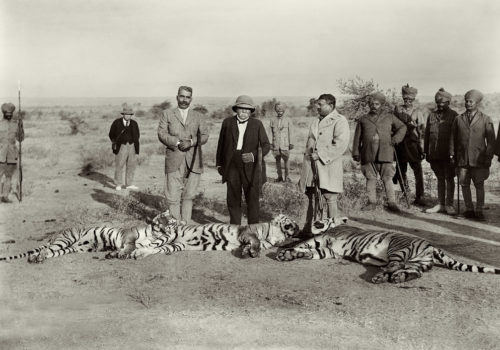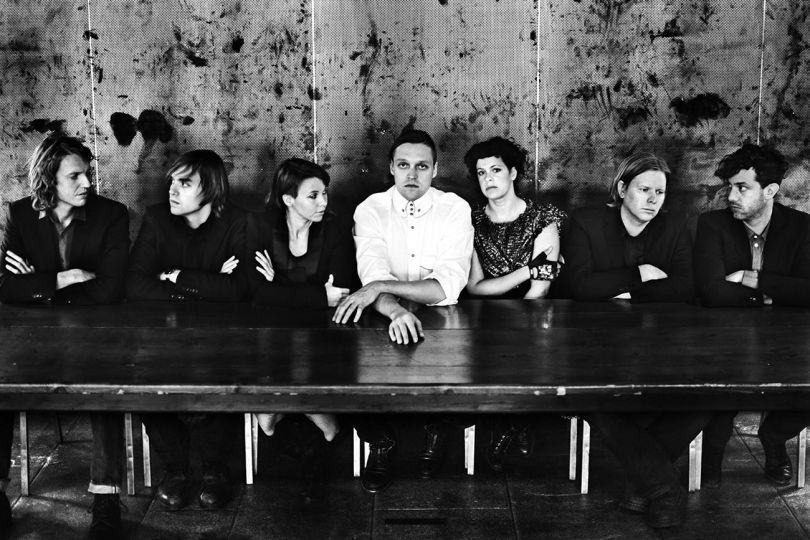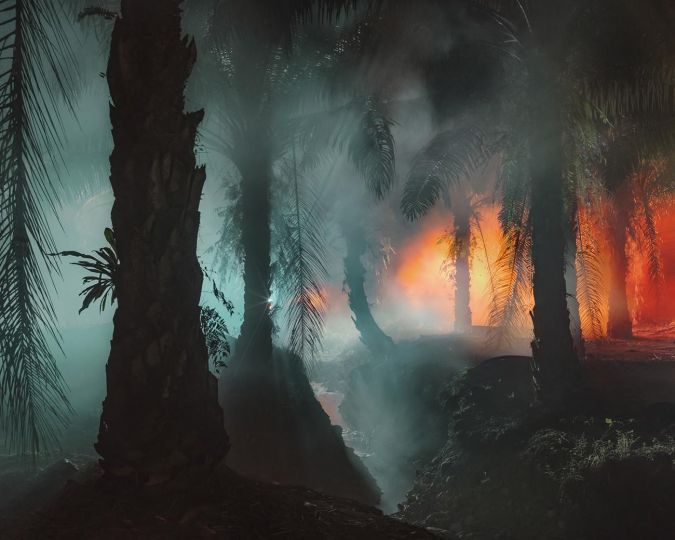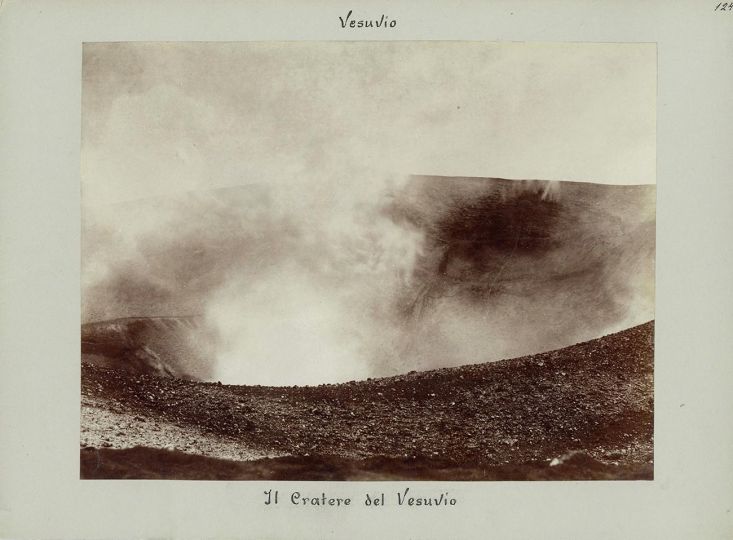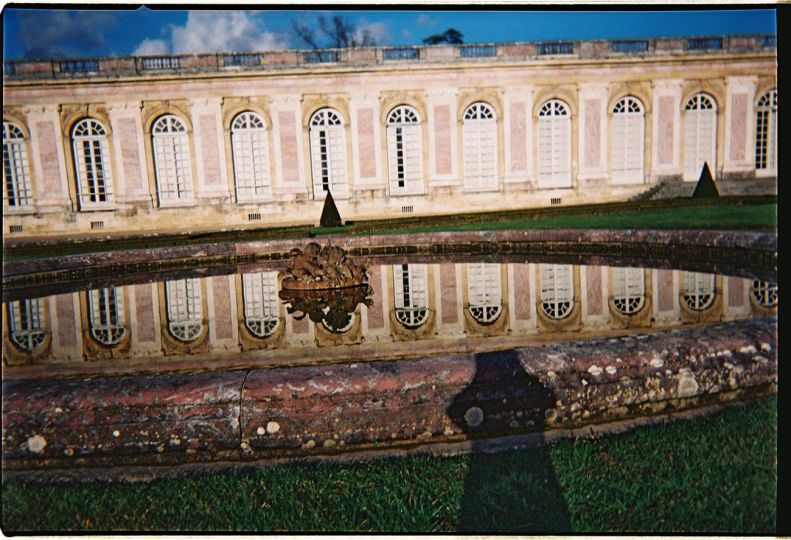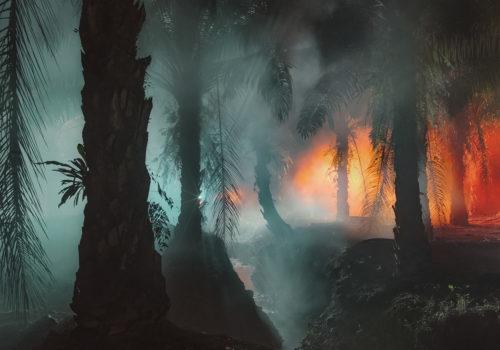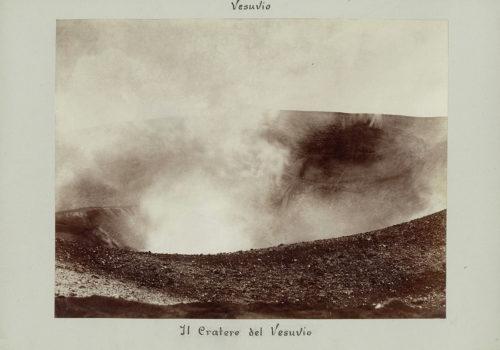Through next June, the Musée national des arts asiatiques Guimet in Paris is letting viewers (re)discover the work of Georges Clemenceau (1841-1929) with an incredible exhibition. Clemenceau, le Tigre et l’Asie retraces the life of this exemplary man through a mixture of works from his own collection, ranging from vintage prints and original photographs to decorative arts and paintings.
“Live as if you’ll never die.” That was the motto of this great political figure nicknamed “The Tiger.” Living in a time of colonial expansion masquerading as a “civilizing mission” must have been like torture to Clemenceau. He was a champion of dialogue between cultures and a staunch humanist, openly displaying anti-colonialist beliefs in a speech given to the Chambre des Députés on July 31st, 1885, to oppose French policies in Tonkin and China: “Since that time, I have looked twice before turning to a man or a civilization and calling it inferior! […] With the great Buddhist religion which left India for China, with the great artworks whose remains can still be seen today! The Chinese—an inferior race! With a civilization whose origins are unknown. Confucius—inferior?”
Above all, the exhibition reveals a little-known fact about Clemenceau: his love of Asia led him to collect some 800 objects. Sadly, this expansive collection was partly dispersed in 1894, when Clemenceau had to resort to auctioning off some of the work after losing an election.
After retiring from political life in the 1920s, Clemenceau undertook a unique journey across Asia, through Ceylon, Burma, Malaysia and Singapore, returning with a great deal of photographs and curios. His personal collection reflects not only his personal taste but a movement of the time, Japonism, a term coined by the art critic Philippe Burty (1830-1890) to describe a new field of study encompassing decorative arts with Japanese patterns. Indeed, a large part of the Clemenceau’s collection consisted of Japanese objects of all kinds: teapots, incense boxes, netsuke (miniature sculptures attached to the sash of a kimono which also served as pouches), prints by Katsushika Hokusai and another popular artists of the day.
Clemenceau’s photographs show trophies from tiger hunts, makeshift palanquins and his encounters with monumental Asian architecture. Other pictures show his return to France, including one which captures a magical and contemplative moment as Clemenceau and his family, their heads lifted towards the sky, admire the undulating movement of fish-shaped Japanese kites (koinobori).
This exhibition, part of the official commemorative program sponsored by the French state, will delight lovers of both political history and Asia.
EXPOSITION
Clemenceau, le Tigre et l’Asie
Until June 16th, 2014
Musée national des arts asiatiques Guimet
6, place d’Iéna
75116 Paris
France
Tél : +33 1 56 52 53 00
[email protected]

